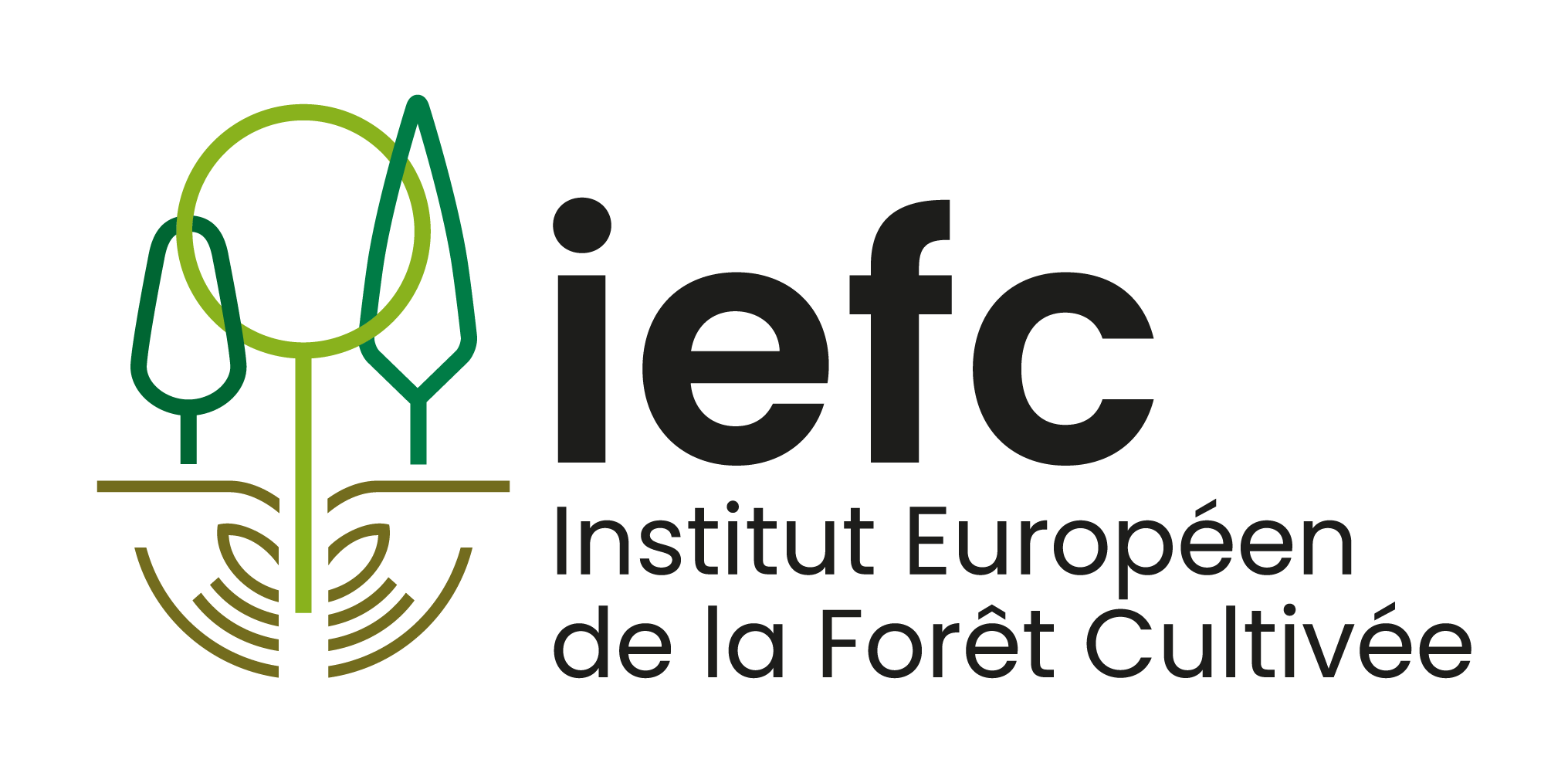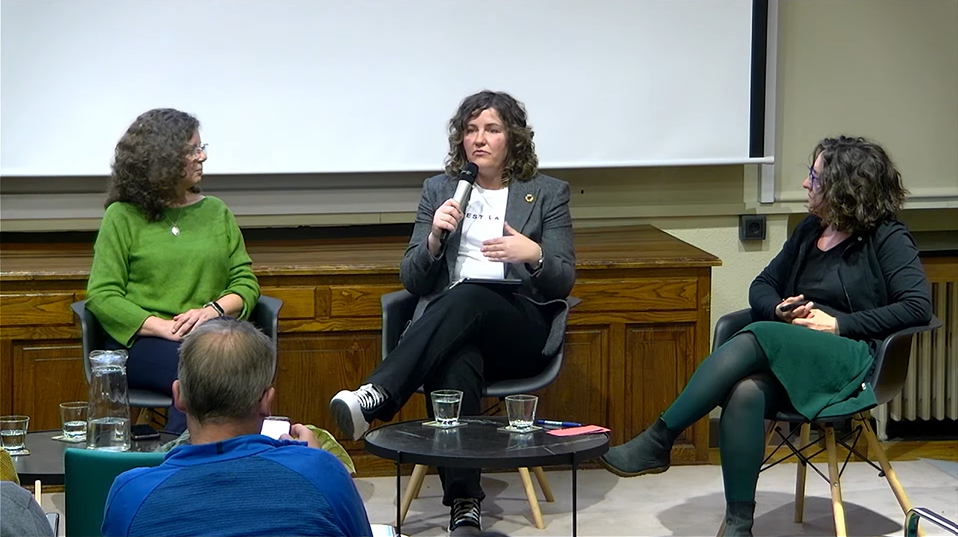After more than 3 years of collaborative work on the topic of complex and mixed forests, the COMFOR-SUDOE project, which brought together 9 partners from Portugal, Spain and France, came to an end on 13 April 2023 with a final symposium held at the National Museum of Natural Sciences in Madrid, who are the project coordinator. This conference and this article provide an opportunity to review the key results of the project.
First of all, complex forests are defined by their structural heterogeneity, whether in terms of the diversity of species or the diversity of age classes. It is this taxonomic and structural diversity that makes these forests more resilient, providing better quality ecosystem services and benefiting from greater social acceptability.
Better identifying and characterizing complex forests
The project first set out to better identify and characterise complex forests in Europe by using accessible databases and remote sensing tools. The use of National Forest Inventories has made it possible to develop a forest typology based on the vertical organization of tree species, or to better describe mixed forests in Portugal. Thanks to this work, knowing the basal area then makes it possible to predict the effect of mixture on a given tree species. For example, Eucalyptus would prefer to grow on its own because its basal area in a mixture is on average lower than what is observed in a pure plantation with equal density.
LIDAR is also a promising tool for accurately characterising forest structure (canopy cover, height, tree crown shape, composition, density, age class, etc.) using 3D point cloud reconstruction of the stands. In Spain, where forest management plans are often lacking fire risk integration, satellite image-based fuel mapping can be used to identify critical points in the landscape for risk prevention.
A better description of the benefits of complex forests
Scientific literature showed that diversity makes forests more resistant to abiotic risks. Mixed plantations suffer on average 23% less damage than pure plots. From a practical point of view, the more intimate the mixture, the greater the protective effect. Combinations of broadleaved and coniferous tree species perform best thanks to their contrasting functional traits. Diversifying 25% of the basal area with a second species is also sufficient to stabilize productivity in the long run. This effect can be explained by the asynchronous growth of the species, the potential absolute gain in productivity and a better distribution of biotic risks.
More generally, these goods and services provided by complex forests for society are the basis of the natural capital approach, which offers opportunities such as payment for ecosystem services, cost/benefit analysis, risk assessment, etc. A guide for the application of a natural capital accounting system in SUDOE’s complex forests is available in Spanish only, published by Ecoacsa.
Long-term scientific and educational infrastructure
Above all, the project has been very fruitful in terms of initiating trans-national cooperation networks seeking to establish themselves over the long term. Of particular note are the COMFOR and FORMIX networks, which have a similar methodological approach but complementary fields of application in the study of complex forests.
-In the case of a mature forest were there is a desire to diversify gradually, the COMFOR network offers a gap regeneration methodology to increase structural and functional complexity. A new species is planted in the gaps while maintaining reserved trees. To join the network, it is necessary to follow the protocol, which requires varying the size of the gaps, maintaining a control without planting in the gaps, and evaluating the performance of the regeneration according to the different approaches. The network currently consists of 3 experimental sites in Spain.
-In the case of renewal by planting in even aged stands management, the FORMIX network proposes a methodology for testing species mixtures that are suited to the local forestry sector. To join the network, you need to follow the protocol, which requires you to test different mixing methods, keep controls for each species in monoculture, and assess the plantation’s performance in terms of productivity and resilience. The network currently comprises 6 experimental sites (3 in France, 2 in Spain and 1 in Portugal). IEFC is coordinating this network with INRAE, and we invite you to visit the dedicated website to find out more. The rigour of the protocol and the comparability of results between sites will make it possible to find the best practices in mixed planting that can be easily adopted by the industry.
In this way, our involvement in the topic of mixed forests will continue in the management of this ambitious trans-national experimental network, which should be of interest to every IEFC partner, whether by setting up your own trials according to a defined protocol, by carrying out your own data collection in experimental plots, or by benefiting from the data already collected.
Benoît de Guerry, Forest Engineer, IEFC

